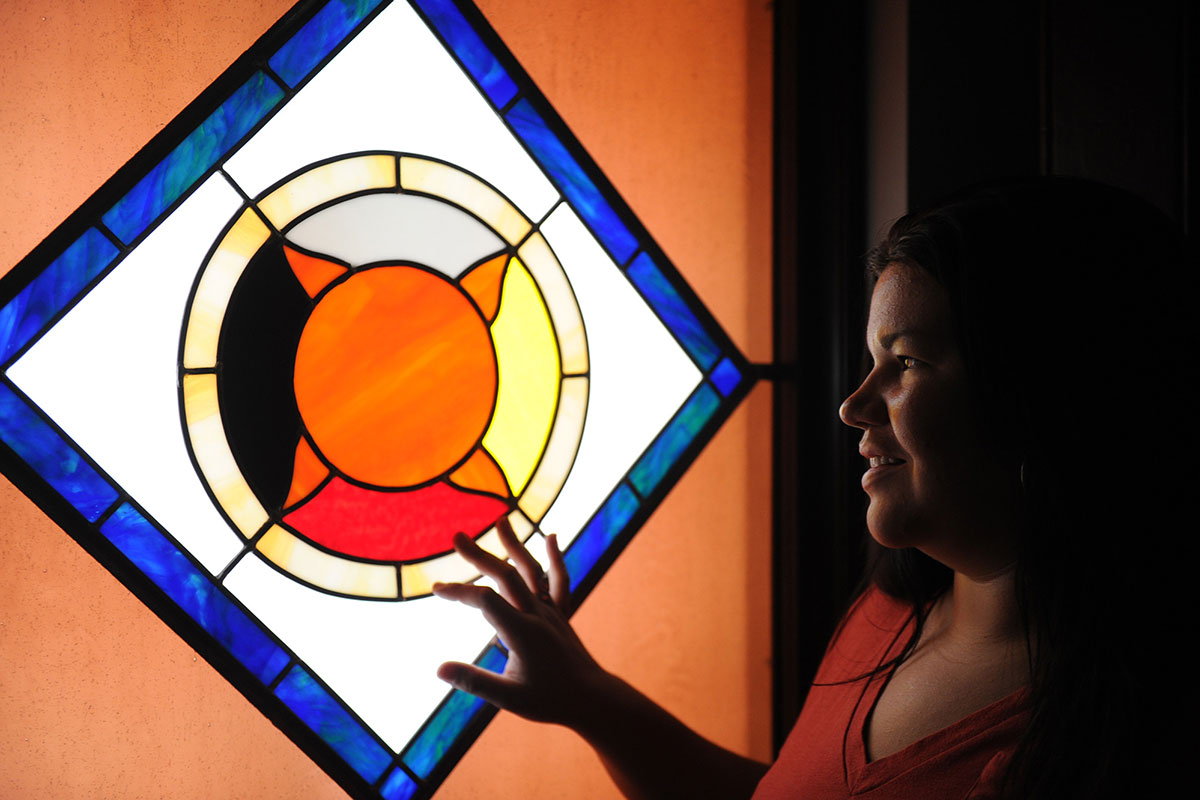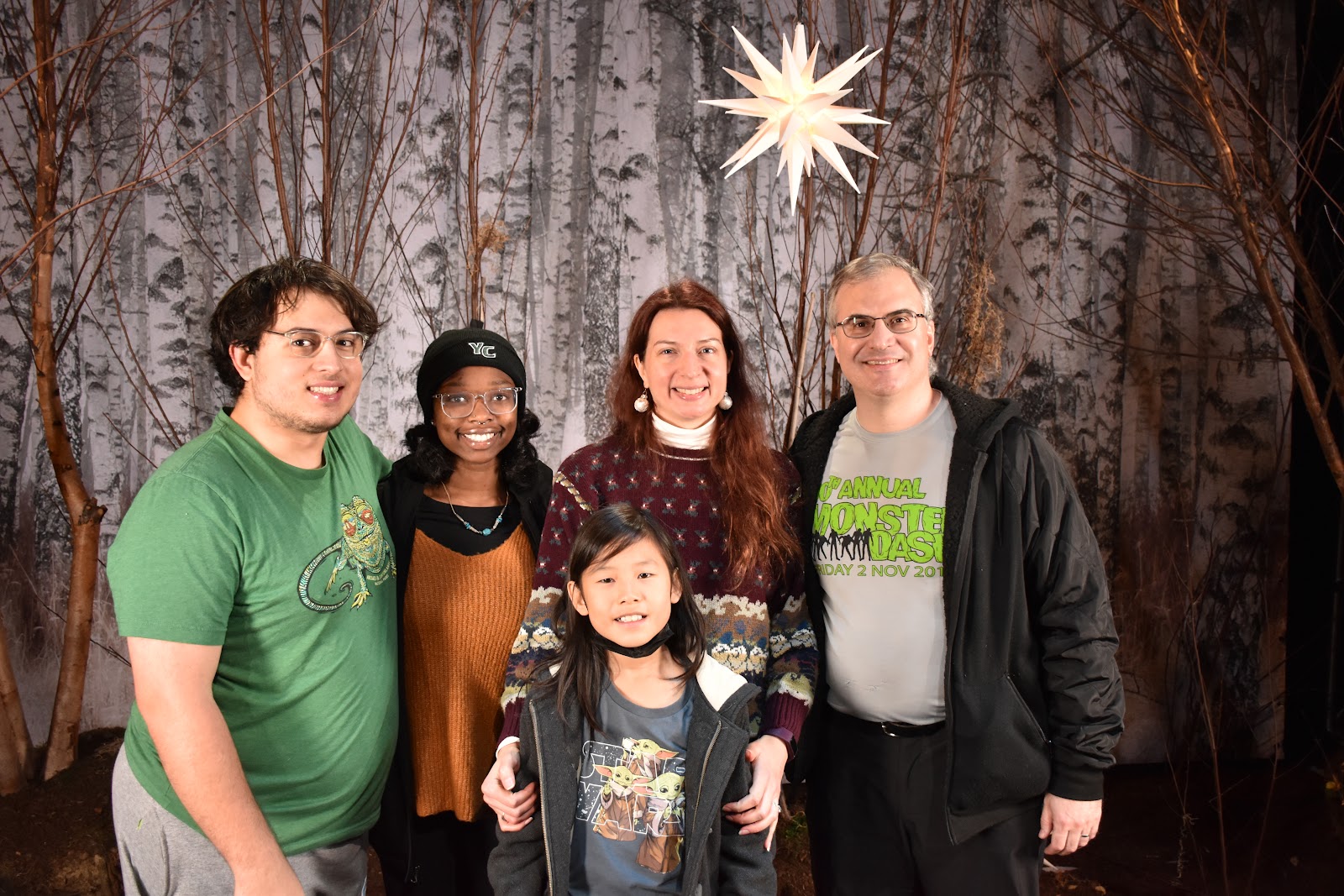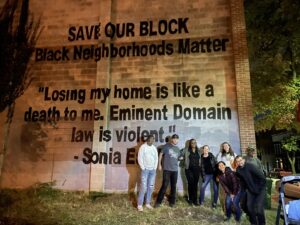On Tuesday, 12 April 2022, at the monthly Baltimore City CHAP session -- the first held in-person since the pandemic began in the U.S. over two years earlier -- the first scheduled hearing of the afternoon involved the consideration of the Sarah Ann Street homes for Historic designation. Two excellent outcomes of in-person meetings: we were able to audibly applaud after others' public comments, and the developer, who is not in fact local at all, was not present.
I arrived a few minutes late to the meeting to find the room already so full that some attendees were forced to stand. A woman was delivering the staff report on the Sarah Ann Street alley houses; she indicated that they recommend approval to the next step in the consideration process, which would entail "a full and proper study" of the properties, because, as rare surviving alley homes significant to Black history, these homes qualify under criteria 1 and 3:
1. That are associated with events that have made a significant contribution to the broad patterns of Baltimore history
3. That embody the distinctive characteristics of a type, period, or method of construction, or that represent the work of a master, or that possess high artistic values, or that represent a significant and distinguishable entity whose components may lack individual distinction
(Baltimore City Historic Preservation Rules and Regulations, p.8)
She also mentioned that they had received 170 e-mails in support of this step, 168 of which also supported including the Eaddy home as well.
Eric L. Holcomb, one of the CHAP Commissioners, then explained that the Eaddy home was excluded because of the city's agreement with the developer, but several of the public comments that followed explicitly addressed that objection. Every single one of these public comments expressed support for including the Eaddy home in the study.
(This photo appeared in the Baltimore Sun Tuesday evening as part of an article about the hearing.)
Johns Hopkins, Executive Director of Baltimore Heritage, was signed up to speak first. He directly addressed Holcomb's objection, indicating that that hadn't precluded development elsewhere, the development is moving slowly, the houses need historical designation, and CHAP needs to serve people with their work.
Tony Scott, Executive Director of Southwest Partnership, spoke about how the Sarah Ann Street homes and the Eaddy's home represent Black history.
Prof. Nicole King spoke to what history the homes offer together, Phoebe Stanton's documentation of these homes and her explicit appreciation of them, the relevance to Arabber history of the Eaddy home, and its representation of Black generational wealth building, which are all further reasons to save them.
Curtis Eaddy, Sr., spoke to what the family has put into this home.
Sonia Eaddy spoke of elderly displaced neighbors and her own lifetime of memories in Poppleton, illuminating the inseparable human aspect to history. This woman is a source of Baltimore history herself.
Ronald Miles pointed out that Sonia is "a human developer" too, not out for profit. He reminded the audience that the developer has missed his deadline. He described how, as a former city employee (1985-2000), he saw Poppleton neglected and the community excluded from rather than assisted in participation in this process of redevelopment from the beginning, as they should have been.
Carrie van Shefsky (name may be misspelled) read a letter from Scott Kashnow, Historic Preservation Committee Chair of Southwest Partnership, in support of a historic district for the whole "superblock," a word I learned from a later comment that day. Dictionary.com defines it as "an area of city land larger than the usual block, treated according to a unified plan," and the Free Dictionary.com defines it as "an urban area, usually closed to through traffic, which has interrelated residences and industries as well as commercial, social, and recreational facilities." This definition accords with and supports Prof. King's characterization of the connected block of land on which are both the Sarah Ann Street alley houses and the Eaddy rowhouse.
A reporter named Woods referenced the comment lament regarding Freddie Gray: "if only we would have known." He pointed out that CHAP has the power and opportunity to prevent this displacement and destruction.
John Murphy called the redevelopment "a gentrification scheme" and "a first-class tragedy," which, he argued, are reason enough to save the Eaddy home. He also related that the Sarah Ann Street homes had been designated for preservation in homeownership in 2006, and instead the city evicted the residents, who were renters--but those were their homes. He called for inviting them back, which suggestion gained substantial traction and interest from the CHAP board.
Blanca Gonzalez, who described herself as a representative of Baltimore, appealed to the CHAP board as elected officials to facilitate "development without displacement" because we "should appreciate the life of people and the community they create."
China Terrell, a Harvard-educated lawyer running for office, pointed out that contracts "are made to be broken," which is why the developer has broken it repeatedly. She also mentioned the importance of building Black generational wealth, asserted that "historic preservation is about telling stories," and called for CHAP to "close the gap between the city's rhetoric and the city's action" and "preserve people in place."
Shannon Darrow, one of the authors in the book collection Baltimore Revisited, urged CHAP to "use historical preservation as a tool" to help Black families the way it has helped Whites.
At this point, Laura Penza made a motion to table the Sarah Ann Street homes proposal to the May meeting so that the Eaddy house can be reviewed by staff and added to it; she also called for the families previously evicted from those homes to be offered right of return to them. John Bullock, another Commissioner and a City Councilperson representing Poppleton, seconded the motion. Kate Edwards abstained because of her concern with the redevelopment contract, but all other Commissioners voted in favor. The board took a break, and the many people who had come in support of the Eaddy family and all of these homes gathered outside the conference room to enjoy the celebratory atmosphere. It is a victory.


:quality(70)/cloudfront-us-east-1.images.arcpublishing.com/tronc/KMLAWURBFBFPJCQPTGIM6S6N74.jpg)




